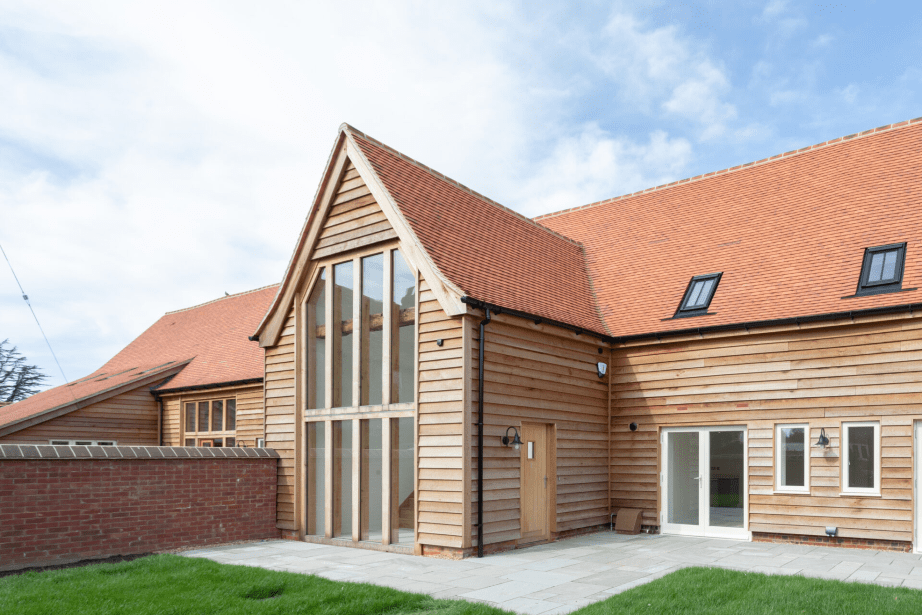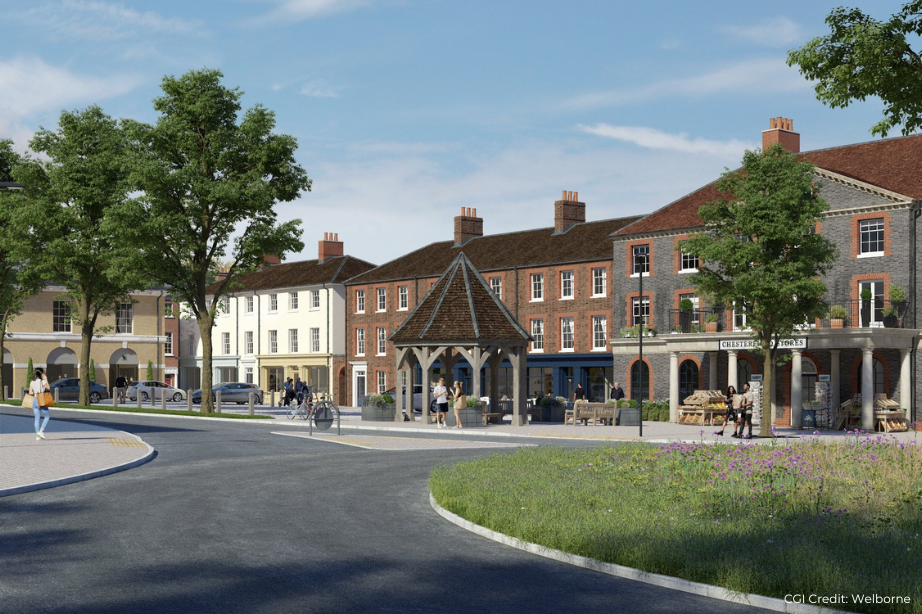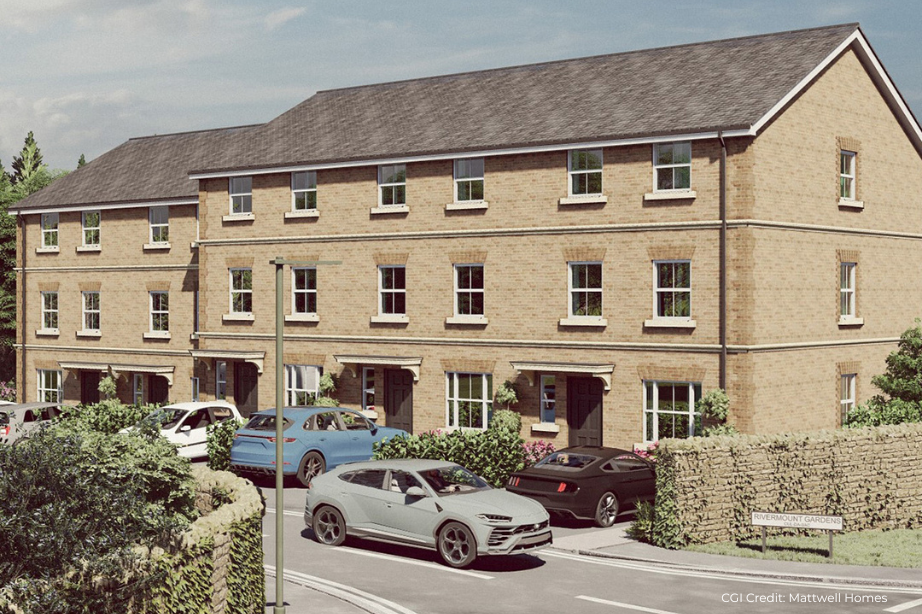Installing a swimming pool is a complex project, SWJ Consulting understand the structural complexities of swimming pools and ensure they’re sound for installation, maintenance and beyond
Our Video Series
There is a lot of research that needs to be completed before you decide on whether you can have a swimming pool or not. This video from Russell Wrapson, one of SWJ’s directors, talks you through the work that structural engineers need to complete. We have accompanying blogs to help explain your options, so don’t forget to look at those too.
We can advise on the construction of swimming pools and pool enclosures
The structural challenge is in keeping the water in and stopping it mixing with the surrounding ground. There are some unique load combinations to consider when compared to traditional schemes.
When a pool is full the water pushes on the base and sides of the subsoil. The pressure created by the weight of the water pushes back but the pool is invariably heavier and so wants to sink into the ground. Because water is lighter than soil, when the pool is empty the structure wants to float, so the structural design must be able to withstand the uplift. The pressure when the pool is empty can easily cause crazing and cracking, so it’s vital to get structural engineering advice early on in the planning and design stages.
The design of the pool is balancing two extremes; when the pool is full of water and in use and when the pool has been emptied ready for cleaning. A full pool will exert the maximum pressure on the founding soils.
When the pool is empty, hydrostatic uplift of the base slab and design of the pool walls are the critical checks we have to consider.
Emptying the Pool
As with a basement project, the key to successful implementation of the scheme is a thorough understanding of the ground conditions on site through critical checks. We must take into account how the hydrostatic uplift of the base slab and design of the pool walls will impact the structure when the swimming pool is empty.
Pool companies often factor in the weight of water as a counterbalance against the walls caving in, so, an empty pool can pose a structural risk if the right advice is not taken.
Other considerations needed when planning a swimming pool is the drainage for the cleaning the pool, where will the large amount of water go when the pool is emptied and at what rate? Can your existing pipes cope with the discharge? Chlorine also creates a challenge when designing swimming pools as it creates a hostile environment for the steelwork so special paint specifications are required to protect the steel or a solution using materials such as glulam timber to form the superstructure.






